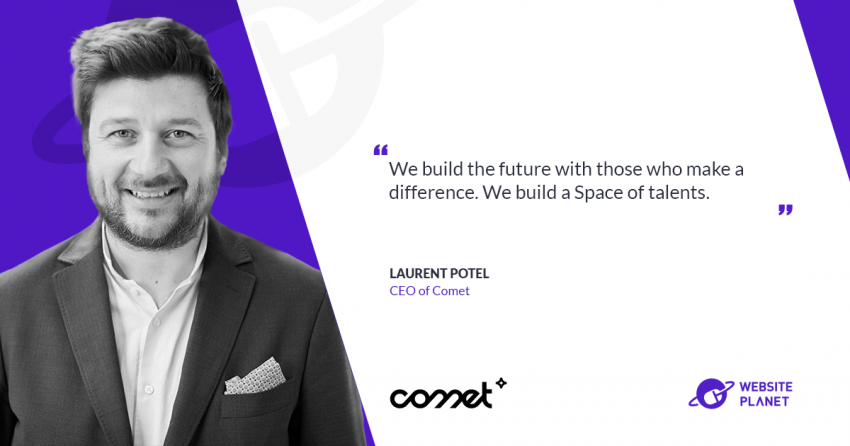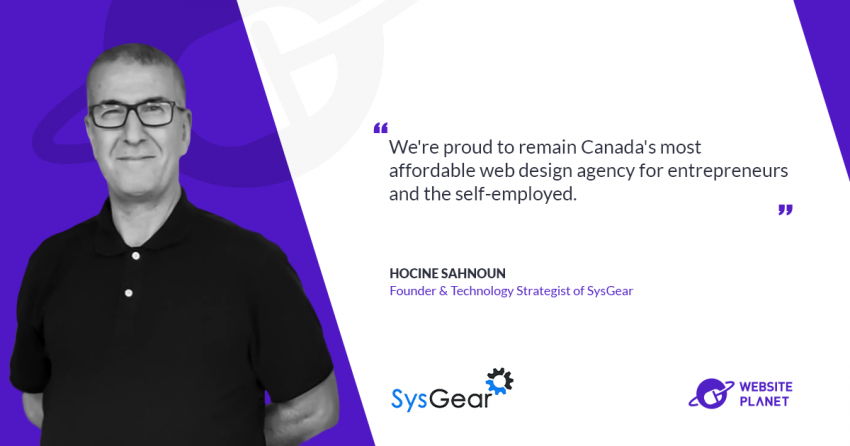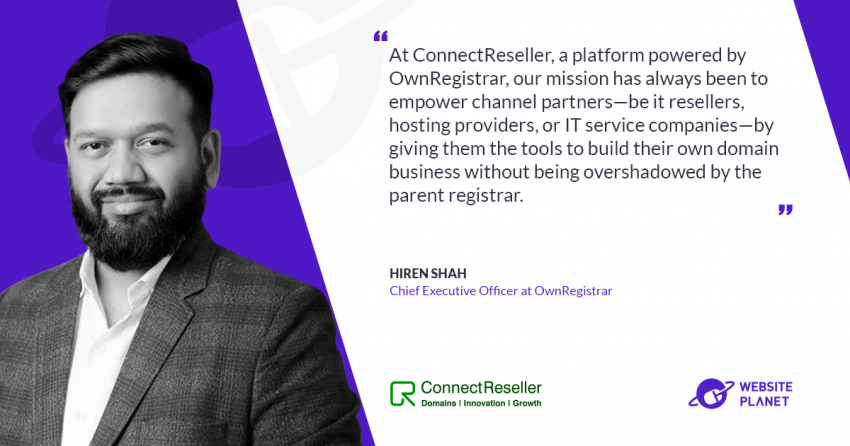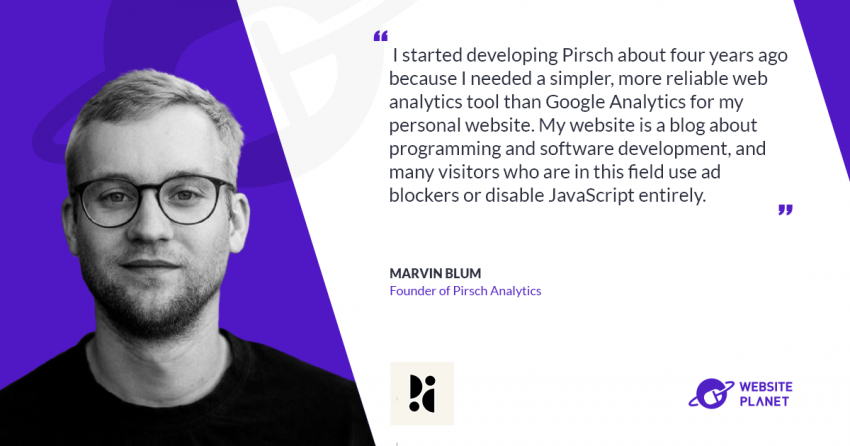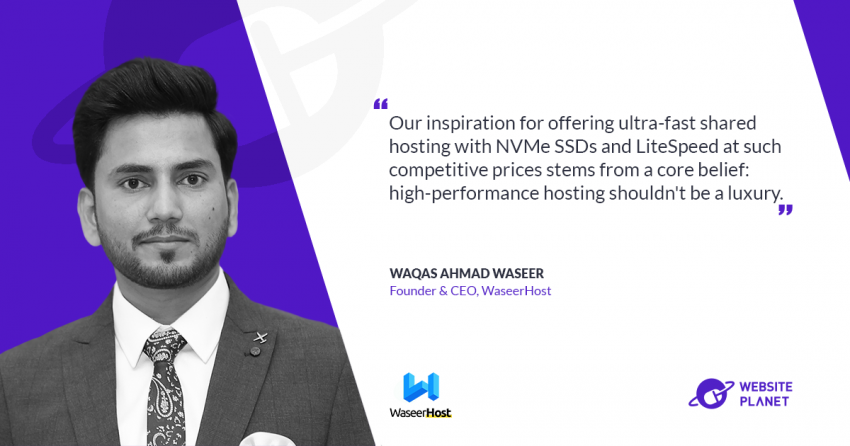Are you an aspiring online entrepreneur? Or a developer struggling to make your career take off?
Then you must read this interview with Brett Wharton, who shares with
Website Planet how he started
Nexus Marketing and how he accelerated his professional growth from $7/hr to working with firms like State Farm, IBM, Aflac, Skittles, SoBe and Wrigley.
What inspired you to start your online business?
I started my online business to earn money during college. I remember asking for a raise at my $7/hour graphic design job at Boise State University. I was told “no, the prices are set by the university.” I figured it’s hard to do worse than $7/hour. So I started making mobile apps and websites for clients.
What are the biggest challenges you faced, and how did you overcome them?
The two biggest challenges I faced were
navigating the evolving rules on the App Store in 2018, and
dealing with my mental health during 2020.
Around 2018, Apple adjusted their app review guidelines to prohibit apps made from templates. This conflicted with my business model, since my clients at the time couldn’t afford completely custom apps. While it hurt watching my business strategy collapse, I overcame this by pivoting to focus on web design and SEO. I figured these were industries where I could at least publish my work without interference from a corporation. Eventually Apple offered developers a $100 million antitrust settlement and backpedaled on their app review rules.
I finally got a check last year, but what was more valuable than the check was the lesson
to be careful with any industry where your business model relies on a single company. This is applicable to anyone with a business that depends on Apple, Google, Meta, or Amazon.
My other biggest challenge came in 2020. I struggled with questions over what kind of companies it was moral to serve, as well as what kind of role my company should play in standing up to systemic injustices.
A major theme that resonated with me was the idea that “silence is violence”, but I struggled to reconcile this in an environment where the vast majority of businesses around me did not follow CDC guidelines, hospitals reached maximum capacity and could not save people with treatable illnesses, and one of my clients refused to speak up to one of their clients who was blatantly violating people’s civil rights.
In the end, I decided that I would not serve any company that knowingly serves a client who violates people’s civil rights if they refuse to stand up to that client. I also created monthly donations to charities so that these charities can stand up on my behalf for social justice, animal rights, and a healthy global environment. These donations provide a huge relief for me. In my mind, they allow me to focus on my business while leaving the world’s problems up to the people best equipped to address these challenges.
What is your approach to building a successful online business and staying competitive?
I believe
it’s important to customize solutions for each client. When I start out with a client, I like to talk to them about their end goal. Then I work backwards to customize a strategy.
For example, one client approached me to do SEO since she didn’t want to pay for ads. Her budget was less than $1k/month. It wasn’t much to compete in her niche, where other companies often have full-time SEO specialists and content writers.
I solved this by creating a guest post program and a podcast – two SEO opportunities that would require relatively little time to maintain. I wrote 10 articles to get her blog started, then I worked with the bloggers who approached us. I was picky about what articles I would publish. I gave bloggers feedback on their work if they did not meet my guidelines, and I edited their articles extensively to make sure they were helpful for our readers. Over time, I received interest from higher quality bloggers who were able to meet my standards more easily, and also received interest from bloggers who wanted to pay for guest posts and links.
By turning my client’s website into a revenue-generating asset, I was able to earn revenue that covered more and more SEO work without increasing my client’s monthly spend. This approach helped me to build a website with significant rankings that far exceed the typical results you’d get on an SEO budget of less than $1k/month. We now outrank websites like HubSpot and Tony Robbins, and we’re receiving links from sites like Canva and
Harvard Business Review.
All this would not have been possible with a standard “cookie cutter” approach. I’m thinking of the approach that a lot of SEO firms use where they charge $1k/month and then do seemingly unproductive monthly tasks like data analytics, account management, and building 2 backlinks a month. We’re building more than 10x that quantity of links.
How do you prioritize the different aspects of your online business, such as web design, development, marketing, and customer support?
I still struggle with prioritizing. All parts of the business are vital.
My top priority is full stack development because it provides most of my income. However, I’m also working on growing the SEO part of my business for recurring revenue. An agency growth consultant, Joel Norton, explained to me that, if I want to have a business that generates a million dollars a year, I will need to close 10+ web/app development clients each month. So, I will always be under pressure with that model. However, with SEO, I can relieve stress by earning 30% or more of my income from the clients I already have.
Lately, my third priority has been growing my team. It’s really satisfying to see some people just getting the work done perfectly, communicating with clients following the company standards I worked with them on, and everything just going smoothly. While I’d love to make team development my top priority, realistically, I deprioritize it on so many days because of the pressure to finish jobs well and make sure everyone can get paid!
Finally, my lowest priority is systemizing my business – inventing new processes that we can use to get work done faster and more effectively. I incorporate this task into my regular workflows by writing standard operating procedures (SOPs) and saving templates. Realistically, it’s hard to craft perfect SOPs when you’re still figuring out your business. I always wish I had more time to research more marketing techniques, network with specialists, and learn from other agency owners.
What tools and technologies are the best right now to create a user-friendly and responsive website?
My favorite tech stack is
React.js, Node.js, MySQL, and AWS. This stack is ideal for a high-end website that prioritizes speed and complete control over the user experience and admin experience. Of course, my team can also handle many other advanced web technologies as needed.
For smaller sites, I’m a fan of WordPress, the Elementor page builder, and the Hello Elementor theme. This stack is excellent for building a content website that a client can edit independently.
Squarespace or Webflow are both good website builders. However, they’re designed to be “closed” systems, so you don’t have as much control as you do in an “open” system.
If you build a site with Squarespace and Webflow, you’re also creating some risk for your company. You’re depending on private companies that may change their prices or features, or cease operating entirely at any time.
What advice do you have for aspiring online business owners and full stack developers to get started?
The business owners that I see taking off the fastest are the ones who specialize in the beginning stages of their businesses. For example, you could aim to be the #1 Webflow developer for fitness coaches.
You can always diversify later by adding additional services or bringing on additional developers who specialize in other tech stacks. But
at the beginning, you should focus on being the best developer you can in one tech stack, and target one market.
That will help you:
- build a relevant website portfolio for your target audience
- customize your messaging to your target audience
- build your referral network among that audience
- expand the knowledge you have about your niche
- maximize your technical expertise in your tech stack
- keep improving the results you deliver for your clients
As you learn more about your niche, you’ll be able to write better copy, craft better graphics, and design more effective layouts. As you get better at your tech stack, you’ll be able to build more beautiful and higher converting websites.
The leadership trainer Michael Hyatt shared this analogy, and I never forgot it: Think of a fire hose.
Spray it everywhere, and you’ll never put out a fire.
Spray it in one spot, and you’ll make progress.
Another piece of advice I would share is to
invest in a lead generation system for your business. It’s sad how long I took to get started on this.
So, choose a niche. Build your first site in that niche. It doesn’t have to be for a paying client; you can even use fictional data. Then build another site, and another. Launch your website to show off your portfolio. Reach out to business owners in your niche. Study sales or invest in a lead generation program to get calls booked on your calendar. Every week, read blogs and watch YouTube and participate in Facebook groups to learn best practices. And always keep pushing yourself.



